Energy: Forms and Changes -> compression
Compression
Compression is a force that pushes or squeezes an object, making it smaller or more compact. When a material is compressed, its particles are forced closer together, which causes a decrease in its volume. This force can be applied in various ways, such as through direct pressure, gravitational forces, or mechanical devices.
Effects of Compression
When a material is subjected to compression, several effects can be observed:
- Decrease in volume: The most noticeable effect of compression is the decrease in the volume of the material.
- Increased density: As the particles are forced closer together, the density of the material increases.
- Change in physical properties: Compression can alter the physical properties of the material, such as its strength, flexibility, and conductivity.
Examples of Compression
Compression can be observed in various natural phenomena and everyday objects:
- When you sit on a chair, the cushion compresses under your weight.
- Compression of air occurs in a bicycle pump when you press down on the handle to inflate a tire.
- During an earthquake, the Earth's crust experiences compression, leading to the formation of mountains and other geological features.
Compression in Science and Engineering
Compression plays a crucial role in various fields, including:
- Materials science: Understanding how materials respond to compression is important for designing structures and materials with optimal strength and durability.
- Geology: Compression of rock layers can lead to the formation of metamorphic rocks and geological structures.
- Engineering: Compression is a key factor in designing and testing mechanical components, such as springs, hydraulic systems, and building structures.
Study Guide
To study compression effectively, consider the following key points:
- Understand the concept of compression and its effects on different materials.
- Learn about the units of measurement for compression, such as pounds per square inch (psi) or pascals (Pa).
- Explore real-world examples of compression in everyday life and in various scientific and engineering fields.
- Conduct experiments to observe the effects of compression on different materials, such as foam, rubber, or liquids.
- Review the mathematical principles and formulas related to compression, such as Hooke's Law for elastic materials.
[Compression] Related Worksheets and Study Guides:
.◂Science Worksheets and Study Guides Seventh Grade. Energy: Forms and Changes
Worksheet/Answer key Energy: Forms and Changes
Energy: Forms and Changes  Worksheet/Answer key
Worksheet/Answer key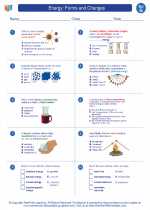 Energy: Forms and Changes
Energy: Forms and Changes  Worksheet/Answer key
Worksheet/Answer key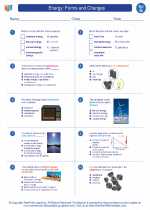 Energy: Forms and Changes
Energy: Forms and Changes  Vocabulary/Answer key
Vocabulary/Answer key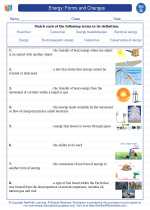 Energy: Forms and Changes
Energy: Forms and Changes  Vocabulary/Answer key
Vocabulary/Answer key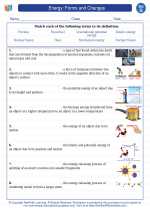 Energy: Forms and Changes
Energy: Forms and Changes  Vocabulary/Answer key
Vocabulary/Answer key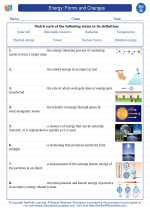 Energy: Forms and Changes
Energy: Forms and Changes 

 Worksheet/Answer key
Worksheet/Answer key
 Worksheet/Answer key
Worksheet/Answer key
 Vocabulary/Answer key
Vocabulary/Answer key
 Vocabulary/Answer key
Vocabulary/Answer key
 Vocabulary/Answer key
Vocabulary/Answer key

The resources above cover the following skills:
Skills and Processes: Students will demonstrate the thinking and acting inherent in the practice of science.
Constructing Knowledge: Design, analyze, or carry out simple investigations and formulate appropriate conclusions based on data obtained or provided.
Use mathematics to interpret and communicate data.